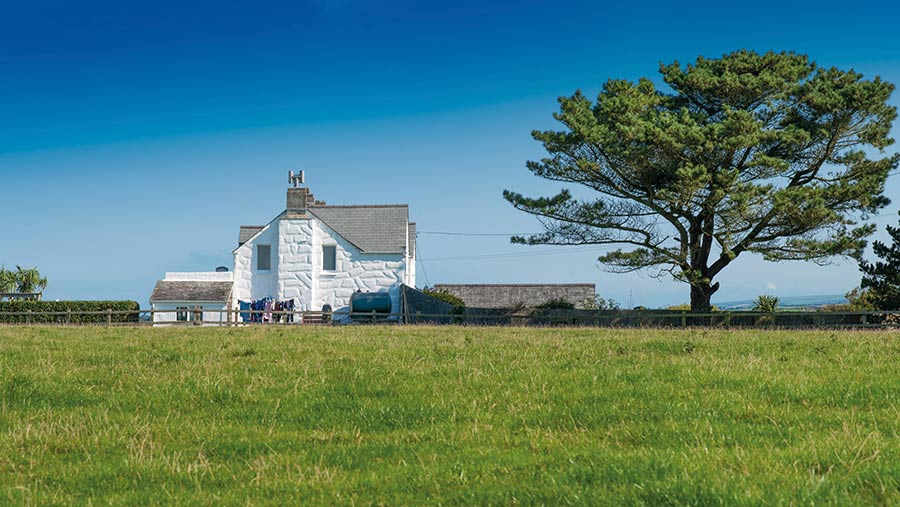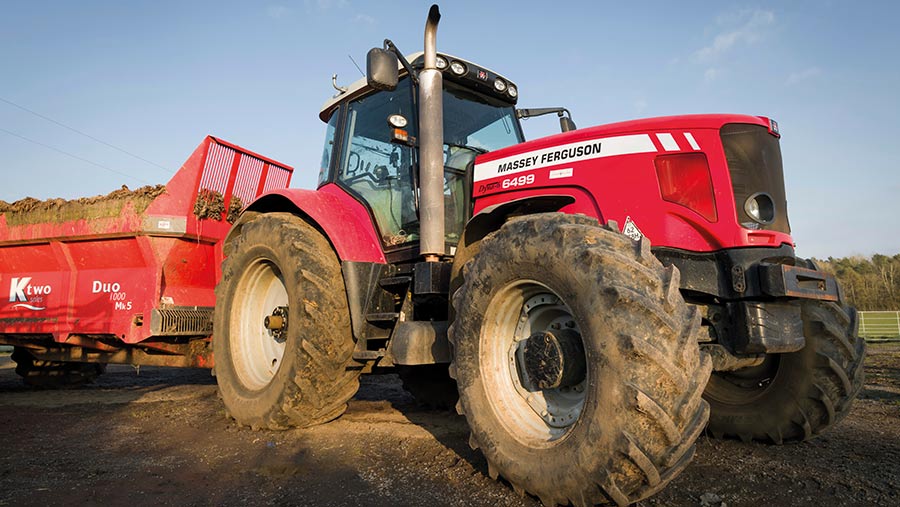Farm accounting advice: How to make the process run smoothly
 © Thomas Marchhart/Adobe Stock
© Thomas Marchhart/Adobe Stock As many farm businesses prepare to submit their year-end accounts, doing the groundwork now can help prevent some of the mistakes commonly flagged up by accountants.
Missing paper trails and incorrect codes for purchases are just two of several pitfalls, says Mark Chatterton, director and head of agriculture at accountant Duncan & Toplis.
“Having information documented is always useful so that you have it to hand if you are challenged on it, when memories might be less clear,’’ he says.
See also: HMRC investigations – how they arise and how to handle them
A bit of time and effort ahead of the 31 March accounting year-end will prevent businesses falling into that trap.
“Farm accounts drive the final tax calculations, they must be accurate and, above all, evidenced and based on fact,’’ he says.
His top tips for a smooth process include:
1. Review account code transactions
Most farm accounts packages are now digital and enable the recording of income and expenditure as they happen.
However, several months on from when transactions were accounted for, the descriptions used might be less than clear.
Review the codes used and make sure they are consistent – this can save time and cost when the accounts are submitted to the farm accountant.
Otherwise, queries can take time to unravel because the accountant won’t have the same knowledge of the business as the owner or manager.
2. Compile an accurate list of debtors and creditors
Check this list against your software reports.
If you spot differences you will be able to alter your original inputting before the data goes to the accountant.
The accountant is likely to ask for this, so getting it done in advance will make more efficient use of the accountant’s time.
© Rawpixel.com/Adobe Stock
3. Are stock valuation quantities correct?
Over- or under-estimating crops and livestock values can lead to issues further down the line.
Provide accurate calculations for the areas of growing crop or numbers of livestock by age category.
Double counting is a risk. For instance, where crops move off the farm around the year-end date, there is a risk that they might be included in the closing stocktake and also in the debtors when receipts are reviewed after the year end.
In contrast, a crop could be missed out entirely, if it has already moved off the farm and is neither in closing stock nor picked up as a debtor.
Reviewing receipts after the year end is therefore important.
A useful tool for livestock farmers is to prepare an annual livestock numbers reconciliation, which starts with opening stock, adds on births and purchases and deducts deaths and sales, giving closing stock numbers.
Don’t worry about stock values as they can be assessed later but do get quantities correct.
4. Gather documented evidence for unusual or one-off receipts and payments
Money comes in and out of the account, but not everything has an invoice or a receipt – for example, land sales income or compensation payments.
Try to provide your accountant with documentary evidence, perhaps a solicitor’s letter, when there is no receipt forthcoming.

© Paul Maguire/Adobe Stock
5. New or repair?
Help your accountant by identifying whether expenditure was new or a repair, in the case of fencing for example, as these are treated differently for tax purposes.
6. Get depreciation values right
Provide insurance values for large machinery items. This will help your accountant with the depreciation policy as many tractors and other items of equipment are holding their value at present as supply issues persist.
A 15% reducing balance may have been used, but a rate of 5% could now be more accurate – if machinery is holding its value there can be a lower depreciation charge in this year’s accounts.
7. Provide copies of new bank loans or hire purchase agreements
Many farming businesses have a mix of loans, working overdrafts and/or hire purchase arrangements.
Gather all the paperwork associated with these to allow for accurate entries of interest and repayments.
8. Provide evidence to support private proportion adjustments
The main areas in this respect concern vehicle and farmhouse costs.
If possible provide a split of business and private mileage for the year – some farmers do keep accurate mileage records.
For farm properties, make it clear in your records which property each expense relates to.
Flag up any changes to use of the farmhouse or other properties over the past year to help the accountant justify the percentage used.
The costs of running the farmhouse are a grey area and interpretation varies on the correct percentage to allocate to council tax, electricity, heating oil and other expenses for business tax relief.
HMRC’s instructions at BIM 47820 and BIM 55250 provide useful checklists of fixed and running costs of a farmhouse that may be claimed if it is established that the farming business is being run from the farmhouse.
